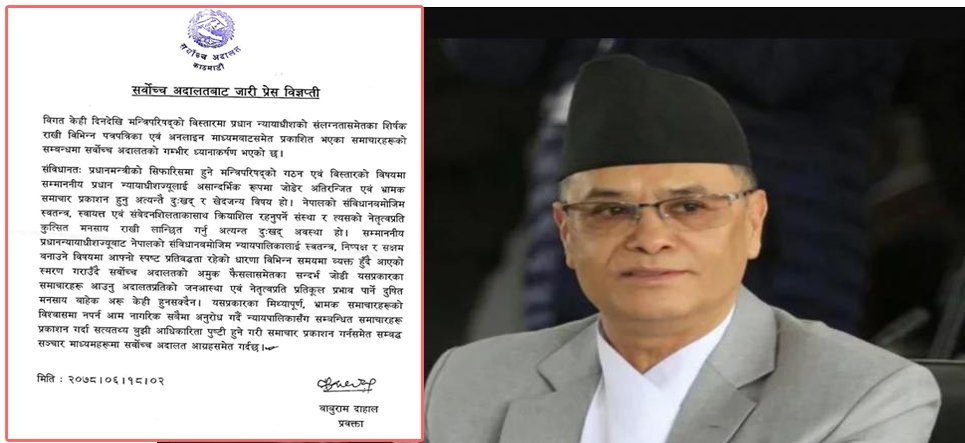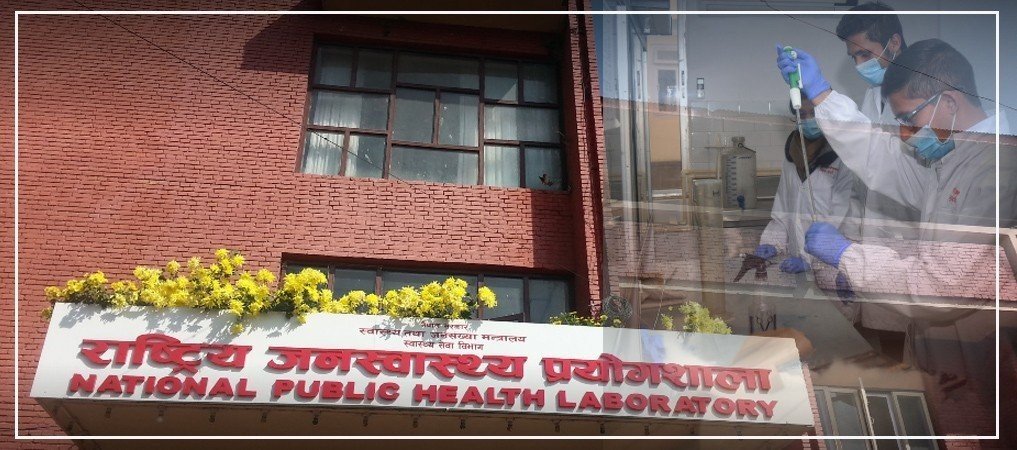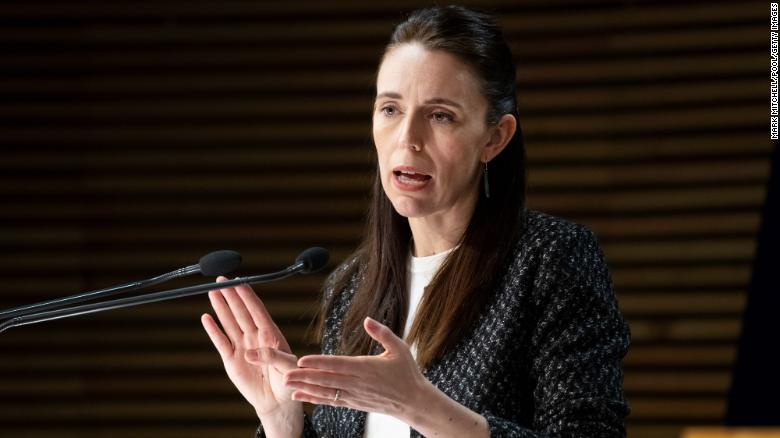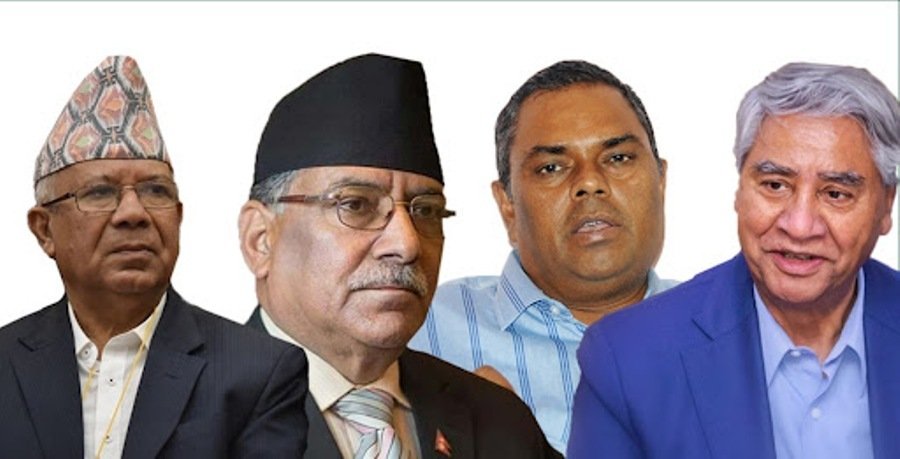Increase interest rate on deposits to solve liquidity shortage: Economists

By Ajay Chhetri, Kathmandu, Jan. 28: Drying excess liquidity is synchronized with the swelling balance of payment (BoP) in the current fiscal year (FY).
A recent report of the Nepal Rastra Bank (NRB) showed a steep fall of the excess liquidity from Rs. 122.9 billion in mid-July last FY to Rs. 17 billion on January 25 in the current FY.
Likewise, the surplus BoP of Rs. 1.23 billion of FY2020/21 turned down to a huge deficit of Rs. 195.01 billion during the first five months of the current FY.
The external sector witnessed the deficit in BoP coinciding with the continuous climb of the imports. The import is getting financed from the bank and financial institutions (BFIs). The NRB report revealed that the amount of the outstanding credit of BFIs leaped by a huge amount in the current FY in comparison to the previous FY. In the current FY, the outstanding credit for import finance rose to Rs. 12.2 billion is far too large in comparison to just over Rs. 405 million recorded in the same period of the previous FY.
In effect, the import has been draining the liquidity out of the banking channel.
The outcome of the import finance has been nudging the BoP in a deficit position in the context of weakening support of remittance, foreign aid, and a low foreign direct investment base. Besides, the foreign exchange reserve has been depleted by 12.5 per cent in the first five months of the current FY.
Sharing his view, the former governor of NRB, Deependra Bahadur Kshetry, said that a rise in imports is one of the causes of the current shortage of liquidity. He said that deposits are not being mobilized at par with the rise in the credit flow. In response to sluggish deposit mobilization, Kshetry thinks that a sharp rise in inflation has discouraged the depositors because of a very low-interest rate in the savings. The saving rate is far lower to compensate for the 11 per cent rate of inflation.
Former governor Chiranjivi Nepal said that the budget vacuum at the beginning of the current FY is one of the reasons for the current stress in liquidity. He said, in addition to the situation of a replacement budget, aggressive lending in recent months emanates the problems as the deposit has not been mobilized to match the lending. In response to the slow deposit mobilization, he said that fixing of fluctuation rate of interest on deposits could be a major fault in the NRB policy, which has demoralized depositors to invest in banks and financial institutions.
Former Minister of Finance Dr. Ram Sharan Mahat said that the way the incumbent government has taken internal debt has disrupted the liquidity mobilization in the private sector. He also noted that the preceding government had also taken a high amount of internal debt. In his view, the government’s internal debt should not exceed 2 per cent of gross domestic product (GDP), instead, he said it has been exceeding 5 to 6 per cent. He also added that the COVID-19 pandemic also played a key role in exacerbating of the current situation of the economy by disrupting economic activities.
Recent News

Do not make expressions casting dout on election: EC
14 Apr, 2022
CM Bhatta says may New Year 2079 BS inspire positive thinking
14 Apr, 2022
Three new cases, 44 recoveries in 24 hours
14 Apr, 2022
689 climbers of 84 teams so far acquire permits for climbing various peaks this spring season
14 Apr, 2022
How the rising cost of living crisis is impacting Nepal
14 Apr, 2022
US military confirms an interstellar meteor collided with Earth
14 Apr, 2022
Valneva Covid vaccine approved for use in UK
14 Apr, 2022
Chair Prachanda highlights need of unity among Maoist, Communist forces
14 Apr, 2022
Ranbir Kapoor and Alia Bhatt: Bollywood toasts star couple on wedding
14 Apr, 2022
President Bhandari confers decorations (Photo Feature)
14 Apr, 2022











